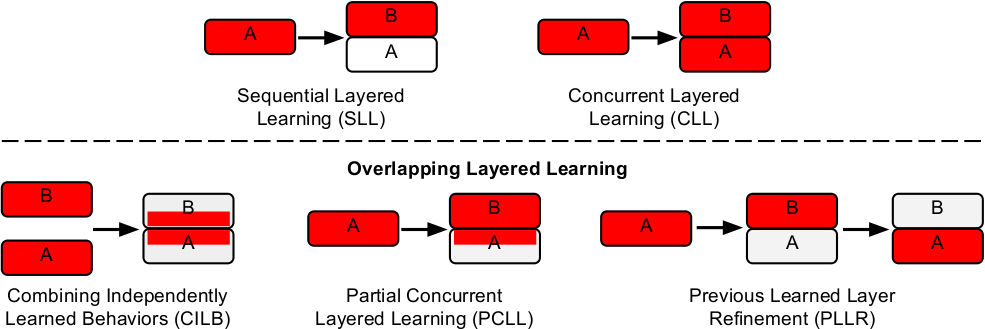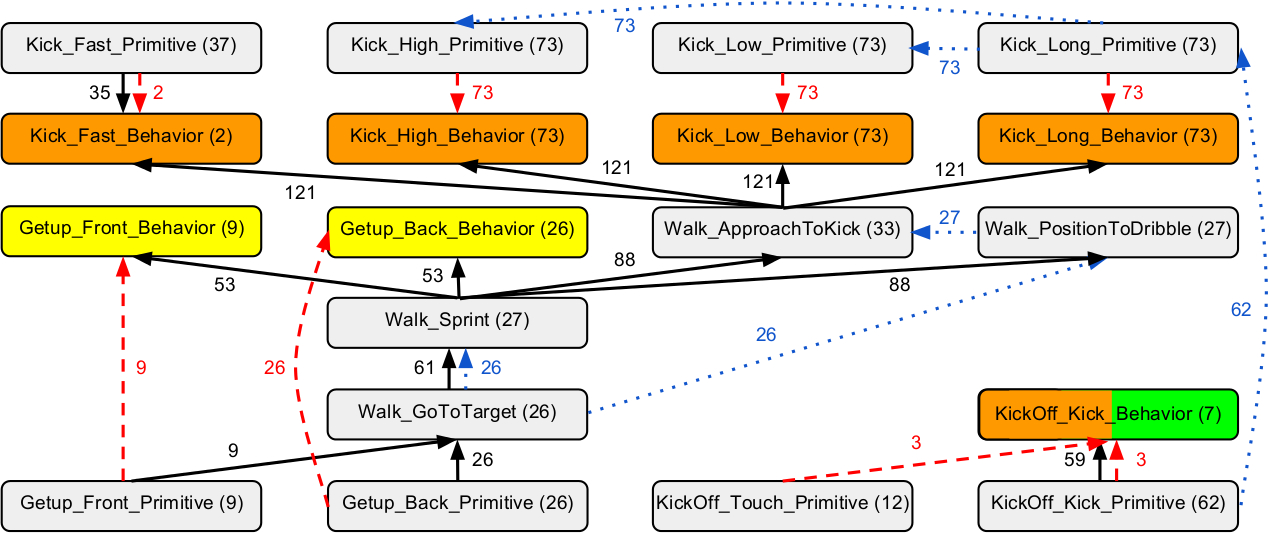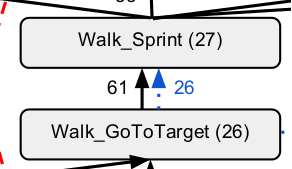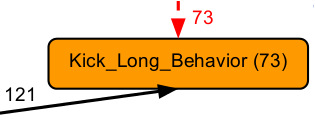This is the official site of the UT Austin Villa 3D Simulation team from the Department of Computer Science at the University of Texas at Austin.
This web page provides supplementary material to the following article:
Overlapping Layered Learning
Patrick MacAlpine and Peter Stone
Published in Artificial Intelligence (AIJ) 254:21-43, Elsevier, January 2018.
The full article can be found here.











